Wine Enthusiast |
| #Winelover: How to Take Vineyard Photos that Stand Out Posted: 08 Jul 2021 04:30 AM PDT  You're sitting in a winery tasting room. The sun shines through the window as you swirl your drink. Just as you raise your wine to take a quick sniff, you hear a click. Your companion has just snapped a photo of you with your nose in your glass. Now, there's nothing wrong with this picture, but it's one frequently spotted on Instagram feeds. To ensure that your winery shots stand out, we talked to four experts.  Lighting and Lines"Photography is made up of two major elements, and that is light and line," says Heather Daenitz, founder and photographer of Craft & Cluster, an agency that helps wine brands communicate how their "wine gets from grapes to glass," she says. "These two principles, light and line, are going to be important, regardless of the camera that you use," says Daenitz. "You could have the best equipment in the world, and if you don’t understand these two principles, your photos are only going to be okay." Emma K. Morris is a Northern California-based photographer who works with wineries, resorts and restaurants in and around Napa Valley. "The very best time to shoot, known as 'magic hour,' is the hour or so prior to sunset," says Morris. "This works well especially in the vineyard, so try to book your visit for the end of the day, if you can."
"If you are in that space where you have to photograph in the middle of the day when the sun is directly overhead, then the next best option would be to try and find a shady spot," she says. Morris adds that a porch with "filtered indirect light" can make for a nice photo composition. If you shoot inside, look for a light source like a window, but shoot away from it so your subject isn't backlit. If you aren't able to find shade in the middle of the day, Daenitz recommends using shadows to your advantage, which is where "lines" come into play. The "rule of thirds" is a common principle utilized by many photographers. "The rule of thirds is that if you were split a photo into three separate sections, either vertically or horizontally, you would want your anchoring subjects to sit in one of those sections," says Daenitz. "And that is going to help move your eye across the page." 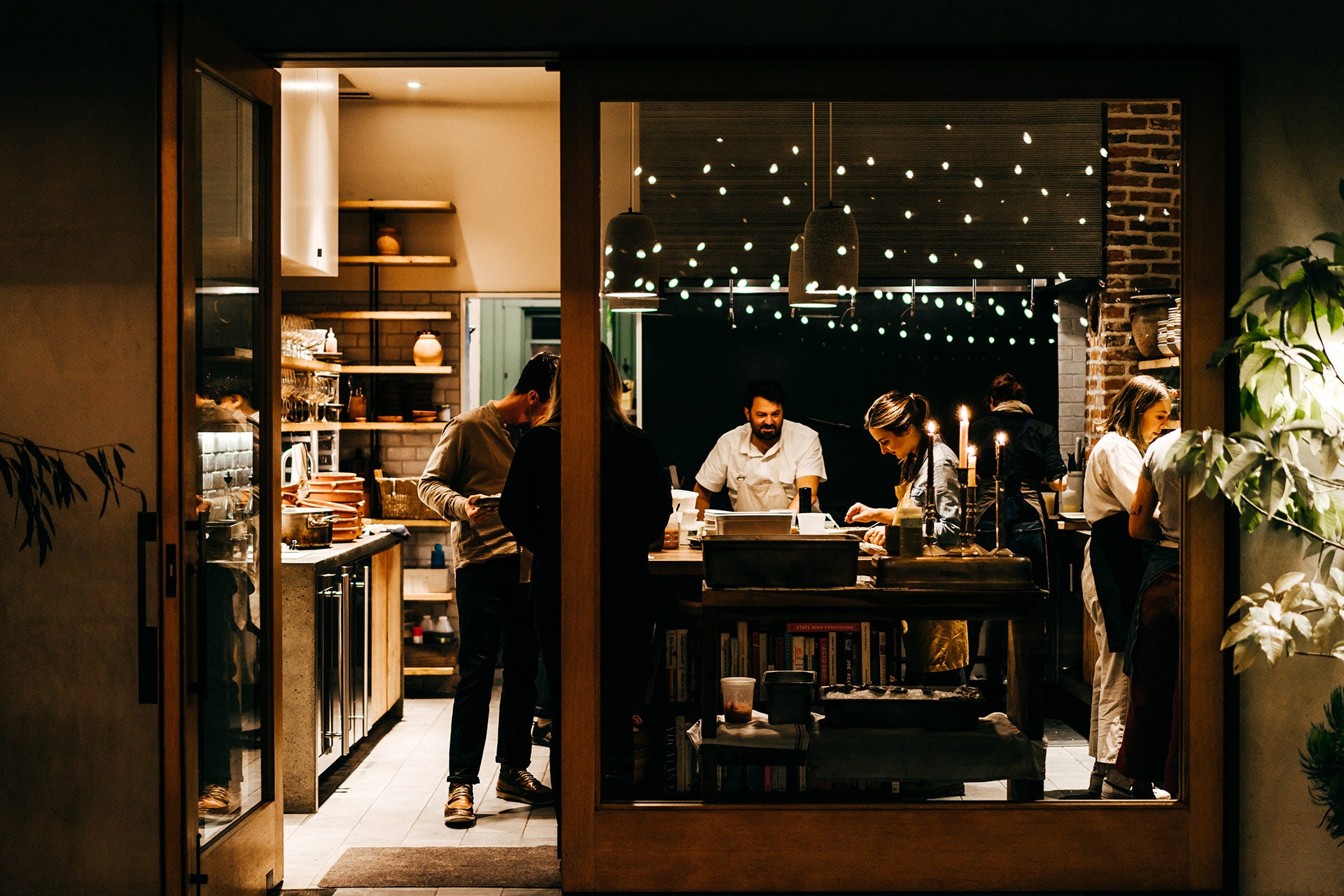 Tell a StoryNoël Burgess is a feature writer at Monarch Wine and founder of WineoXperience, a guide that aims to help wine be "inclusive and equitable." Burgess' Instagram account has approximately 44,500 followers. "When I’m looking through my iPhone lens, I try to have in my mind, ‘What am I actually seeing, and how am I feeling?' " He also stresses to capture moments as they are. "[If] someone is taking photos of me, I usually ask that individual, 'What are your expectations when you’re taking this photo? What are you feeling in this moment?' " says Burgess. "And I would say 99% of the photos someone takes of me, I’m laughing and smiling because they said something hilarious. It’s never, ‘Oh, can you fake smile?’ I really don’t want to do that. Let’s have a conversation. And then if something is funny, you’ll see a smile come out on my face." 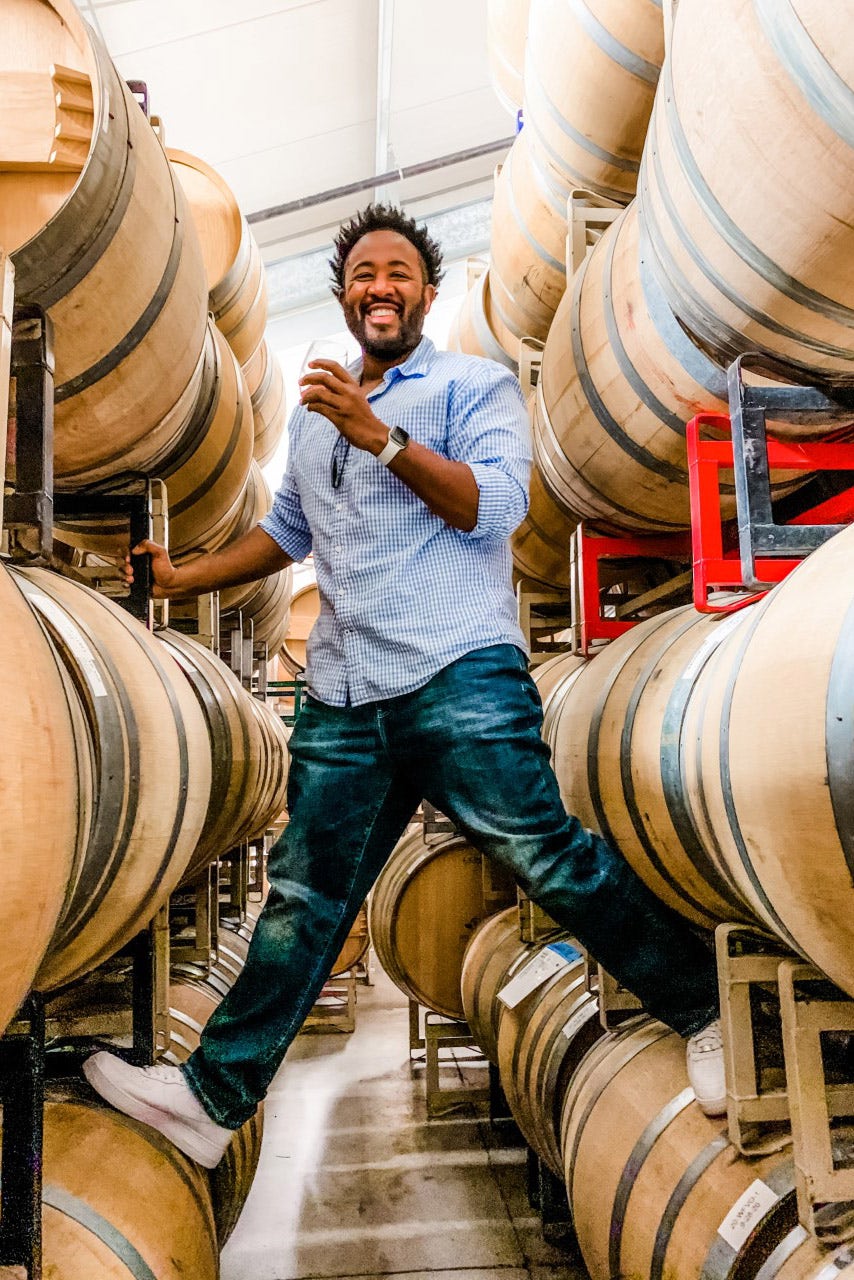 Hannah Spiegel grew up around wineries in California and has a website/blog, Vino for Breakfast. Her Instagram account has approximately 13,400 followers. "My whole thing is wanting to make [wine] casual and approachable," says Spiegel. "I think there’s a lot of pretenses around the idea that wine has to be very formal… And I found the way to stand out is just to be very authentic and true to what it is that you want your brand to be." It's also important to pay attention to what makes a winery unique. "I think every winery and vineyard is known for different things," says Morris. "Try your best to capture what looks/seems different about your location. If it's a hillside vineyard, capture the elevation and mountain backdrop. If it's a historic tasting room with gorgeous architecture, that's your golden ticket." For wineries that look to stand out on social media, "make sure that your anchor point is a thing that is distinguishable as your vineyard or your property or your company," says Daenitz. "And honestly, the thing that I advocate for most often is showing off a person, a single person, because that is the most unique thing of any company." 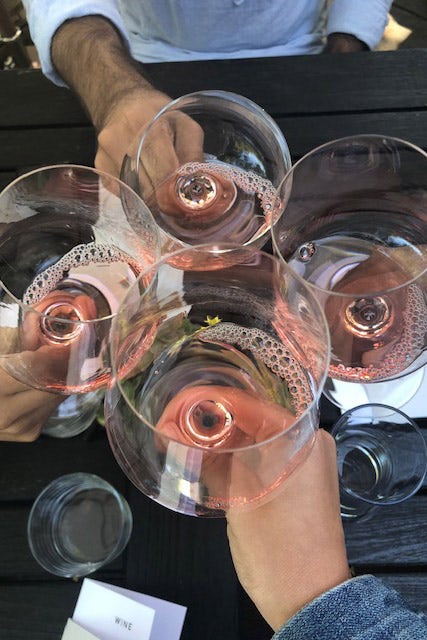 Lights, Camera…Practice!The right cameras and equipment to use can be challenging. Morris recommends "both Canon and Nikon point and shoots with auto focus for beginning photography. Both have good tech support and assistance if needed, and most of the basic models are easy to learn and small enough to travel with." "If you’re wanting to elevate beyond an entry-level camera, then you’ll want to start looking at a full-frame camera," says Daenitz. Daenitz uses the Canon EOS 6D Mark II on her professional shoots. It's an "amazing" camera, she says. "It’s not cheap, but it’s also not as expensive as some of the other cameras on Canon’s line."
For beginners, she recommends the Canon Rebel series. "It’ll do everything that you need it to do," says Daenitz. Prices vary, but you can get some models for a few hundred dollars, "which is cheap in the grand scheme of cameras," she says. Burgess and Spiegel shoot and edit photos on their iPhones. Adobe Lightroom is free to download on your phone. And Spiegel finds that she can use the free features on most photo editing apps. "Adobe Lightroom is a great program to be able to adjust lighting, hue [and] all types of things," says Burgess. "And then one. thing I’ve been playing with recently is Prisma, a program where you can make artwork out of any of your photos." Morris recommends quality apps over most filters. "Free or cheap apps like Snapseed and Afterlight offer color balance, sharpening and healing tools that are aesthetically preferable to the unrealistic look of heavy filters, like those offered through Instagram." If you want to use Lightroom on your computer, Adobe subscriptions start at $10 a month, which will also include Photoshop. But the secret to getting great photos? Practice. "The more you take photos, the more practice you get [and] the better you get at it," says Daenitz. |
| Why Austria is a Leader in the Natural Wine Movement Posted: 08 Jul 2021 04:30 AM PDT  There's a natural mystique in the air around Austria. A world leader in organic viticulture, an increased number of the country's winemakers have also embraced the natural wine movement. In Austria, the category isn't defined from a legal standpoint, but it encompasses organic and biodynamic wines made in a minimalist style, without industrial methods such as chemicals, cultivated yeasts or even sulfites in some cases. When natural wines started to gain attention more than a decade ago, many dismissed them as a fad. However, these wines continue to gain favor among the world's top sommeliers and consumers alike, and Austrian winemakers find themselves at the vanguard. "I am a classically trained sommelier, and was skeptical about the [natural wine] movement, but while writing my book [Wine Simple], I learned some things and got very interested," says Austrian native Aldo Sohm, wine director at chef Eric Ripert's Le Bernardin and partner of Aldo Sohm Wine Bar in New York City.  These wines hold particular appeal for a generation of wine lovers enamored with their distinct character, which often include funky aromas and cloudiness due to the lack of filtration. "With natural wine, Austria in general was able to expand the sales channels," says Carmen Augschöll of the Austrian Wine Marketing Board (AWMB) trade group. "[And] not only in the niche market of hipster Brooklyn, but also on a larger scale." Organic farming has gained momentum around the world over the past few decades, embraced even by large-scale producers. But the practice has taken off in Austria. In 1993, the first year that organic viticulture was tracked in Austria, there were 529 acres of organic vineyards, according to Willi Klinger's Wine in Austria. That number more than doubled by 2000. In 2018, nearly 15,000 acres were certified organic. That represents more than 13% of the country's total vineyard areas. By comparison, less than 3% of California vineyards are certified organic, according to the California Certified Organic Farmers trade group. "Austrians are culturally very environmentally responsible," says Kreso Petrekovic, a winemaker and natural wine importer in charge of Kreso and Zev Selections based in Brooklyn, New York, part of the ZRS Wines portfolio. 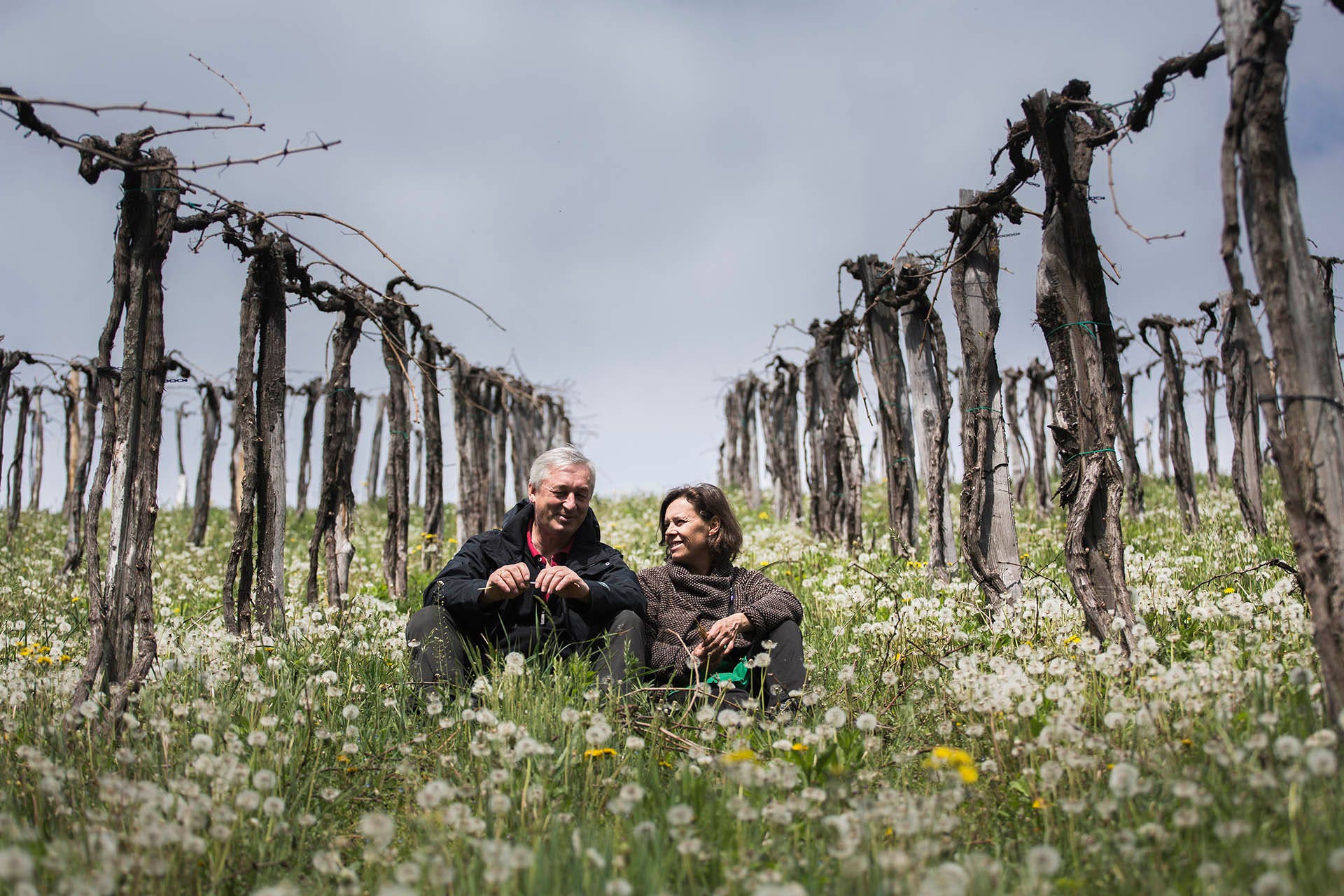 Austria has a long history of environmental consciousness. Biodynamic farming, which predates organic farming by 20 years and encompasses many of its practices, was developed by Austrian philosopher Dr. Rudolf Steiner in 1924. The country is home to one of the world's first biodynamic wineries, Nikolaihof, which began to implement some of Steiner's principles in 1971. It's now certified by Demeter, an international organization for certifying biodynamic agriculture. In 2007, a dozen top Austrian vintners created Respekt, an organization for biodynamic viticulture that now includes 25 wineries from Austria, Germany, Italy and Hungary. This "green" mentality built a strong foundation for the country's natural wine movement, but natural wine isn't just about farming. "It is a lifestyle," says Stephanie Tscheppe-Eselböck, who runs Gut Oggau estate in Burgenland with her husband, Eduard Tscheppe. 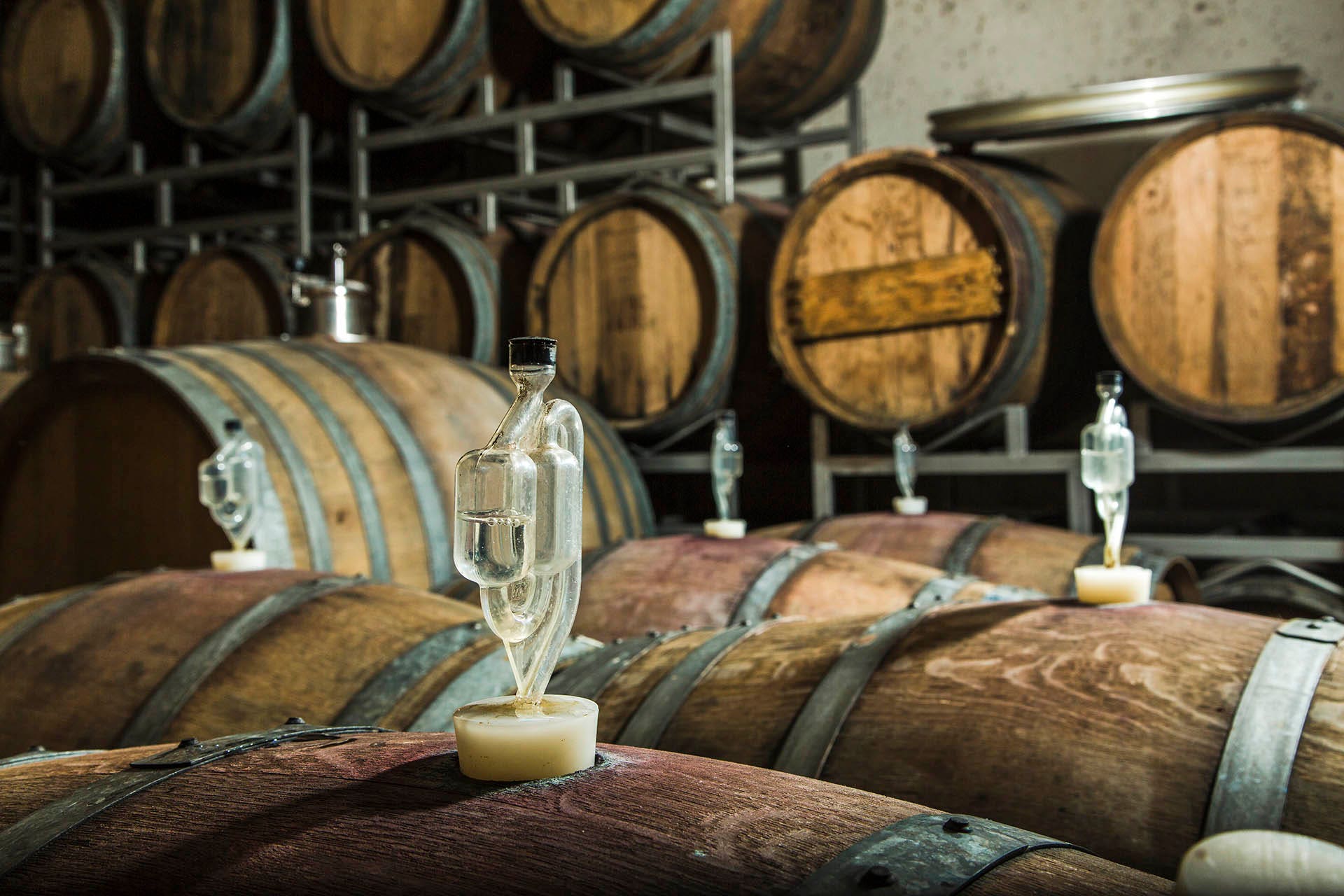 French natural wines began to receive attention in the early 2000s. The movement appealed to a small number of Austrian vintners. "Upon the return to my family estate [in 2000], we decided to fundamentally change things and have a new beginning," says winemaker Sepp Muster, one of Austria's natural wine pioneers. Muster refused to use artificial sprays to protect his vineyards from mildew. His vineyards are in Austria's Styria region, where high annual rainfall often brings disease pressure. The Muster estate earned its biodynamic certification in 2003. "You have to free yourself from old worries and trust nature," he says. Muster and his wife, Maria, work exclusively with indigenous yeasts. The wines are bottled unfined and unfiltered, with little to no added sulfites. Their approach inspired Maria's brothers, Ewald Tscheppe of Werlitsch, who runs the estate with his wife, Brigitte, and Andreas Tscheppe, who runs his namesake winery with his wife, Elisabeth. They're not related to the Gut Oggau Tscheppe family. They were joined by Alice and Roland Tauss, and Franz and Christine Strohmeier. Together, the five families established Schmecke das Leben ("Taste Life"), a vintner collective with the goal to make "living wines" with a holistic approach. Another Styrian winemaker, Karl Schnabel, began to make wines without added sulfites around the same time.  Austria's natural wine movement was spreading, yet the wines were initially met with disapproval. "We had to fight with the windmills," says Gut Oggau's Eduard Tscheppe. "We had to always explain why our wines were cloudy, or why they smelled the way they did." Eduard Tscheppe had made more conventional wines, but when he bought his estate with Stephanie, they took the most natural approach to learn about their vineyards and how wines react without additives and filtration. Today, Gut Oggau wines, as well as many other natural wines from Austria, can be found in some renowned restaurants and wine bars like Noma in Copenhagen, Septime in Paris and Maaemo in Oslo. "Natural wines helped Austrians enter some establishments they never would have with Grüners and Rieslings," says Petrekovic. What sets these natural wines apart is their lack of technical flaws like volatile acidity, signs of Brettanomyces and "mousiness," undesired traits for which natural wines are often criticized. "They yield incredible textures, ageability and are resilient to flaws," says Mackenzie Hoffman, a sommelier and wine consultant at Domaine LA and El Prado Bar in California.  A lot of it has to do with Austria's cooler climate. "Austrian wines have high acidity and low pH levels [typical for cooler regions], which naturally inhibit bacterial growth that cause technical flaws," says Petrekovic. There is a perfectionist mentality that's so embedded in Austrian culture. Aldo Sohm makes wine with Gerhard Kracher, a member of Austria's most renowned family of winemakers. One day, Sohm met one of Kracher's neighbors, natural winemaker Christian Tschida. "Meeting Christian, I learned that natural winemakers are maniacs in the vineyards and cellars," says Sohm. "People often think that natural winemaking is easy, that you just oversee the fermentation and nature does the rest, but you have to strictly pick healthy grapes and have a very clean cellar," says Tscheppe-Eselböck. "It is hard work." |
| You are subscribed to email updates from Wine Enthusiast. To stop receiving these emails, you may unsubscribe now. | Email delivery powered by Google |
| Google, 1600 Amphitheatre Parkway, Mountain View, CA 94043, United States | |


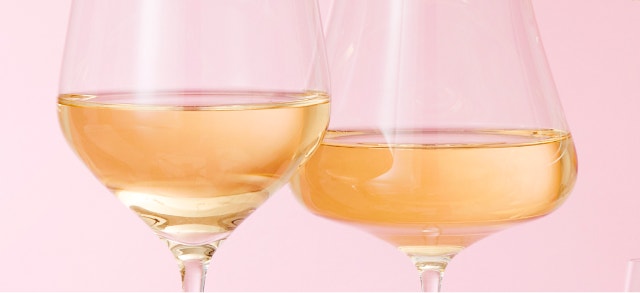














0 comments:
Post a Comment